Belcarra Garden Club
BC, Canada
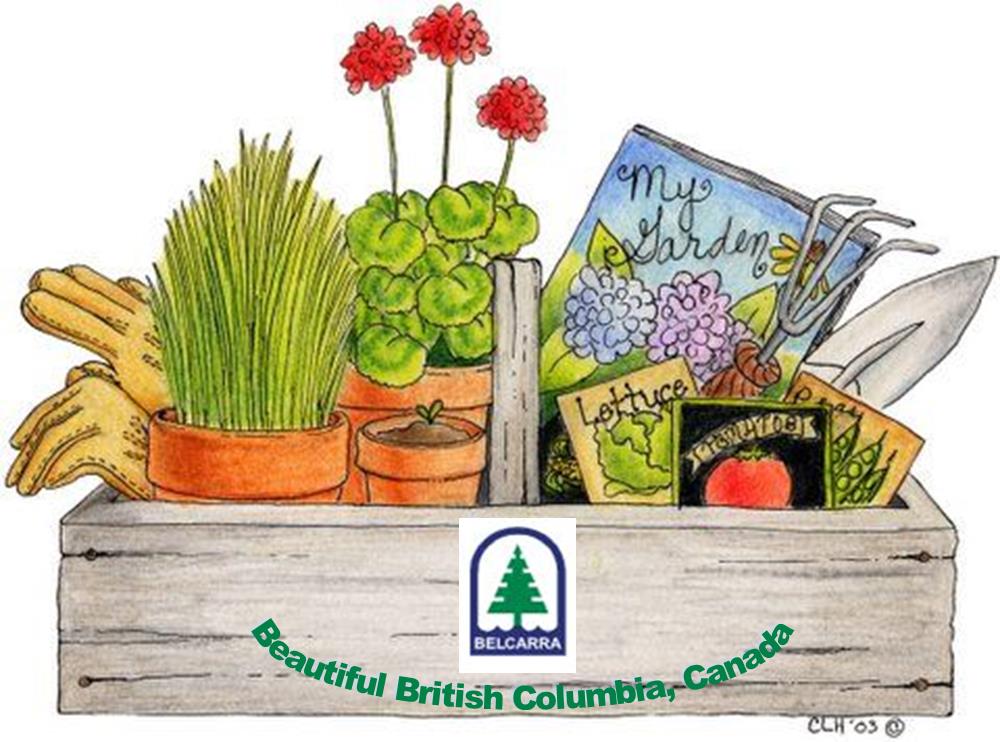
Seed Exchange
& Western Red Cedars
By Nora Boekhout and Les Bramley
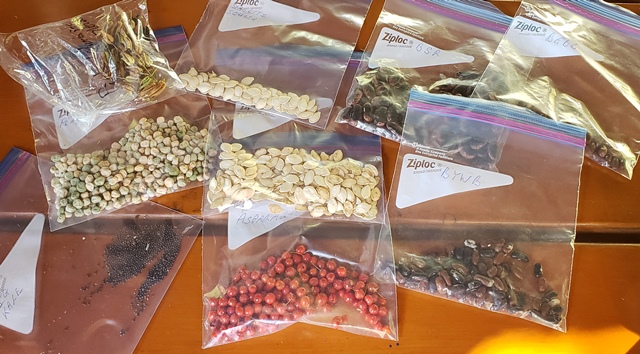
October marked our final meeting for the season, and we celebrated by sharing seeds, plants, and cuttings!
Let’s prep those gardens for the fall and make plans for Spring 2023!
Hope you join us!
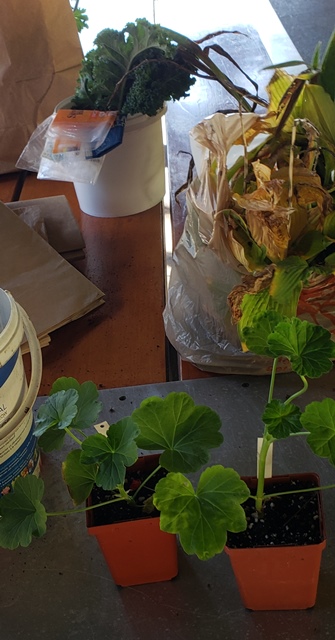 |
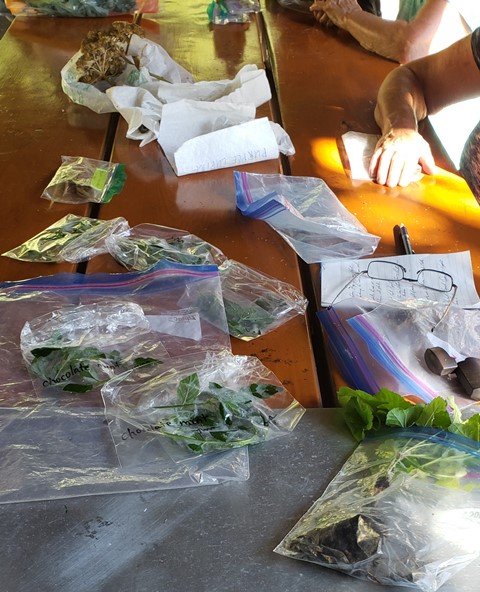 |
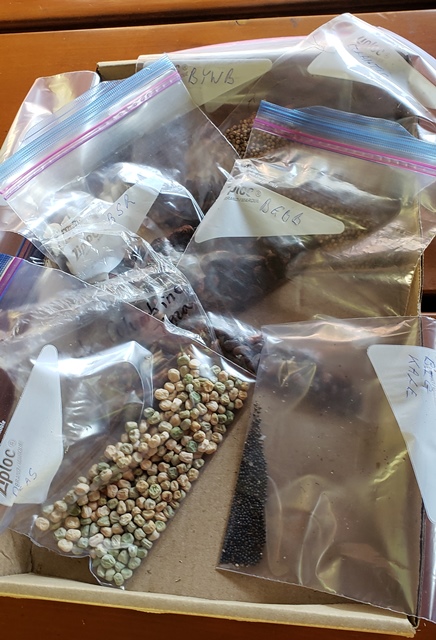 |
Western Red Cedars - Those Magnificent Trees!
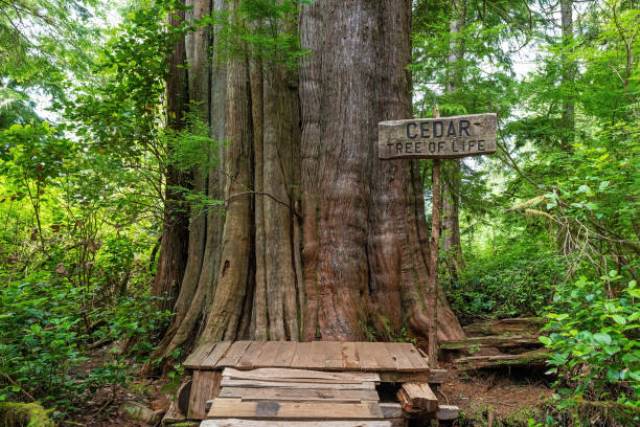
(All cedar tree photos are from istockphoto - free images)
Les is ever the “go-getter” in our group, and he was inspired to do some investigating about our precious Cedar trees. He had several people ask him if they are dying because they look so brown with all those seeds. Theydefinitely have been stressed by our long dry spell; let's hope they recover soon.
Here are a few facts on this wonderful tree.
Did you know that the western red cedar was proclaimed the official tree of B.C. in 1988? It actually is not a true cedar but a woody member of the cypress family. The Latin “arbor-vitae” translates to “tree of life”. B.C has the world’s largest supply of standing red cedars. It is one of the most valuable commercial tree species in B.C. It generates over $1 billion in economic activity annually and provides 1900 jobs. Although it has probably been in the Northwest for 50 million years, this species only became widespread in B.C. 4 to 5 thousand years ago, says Richard Hebda of the University of Victoria.
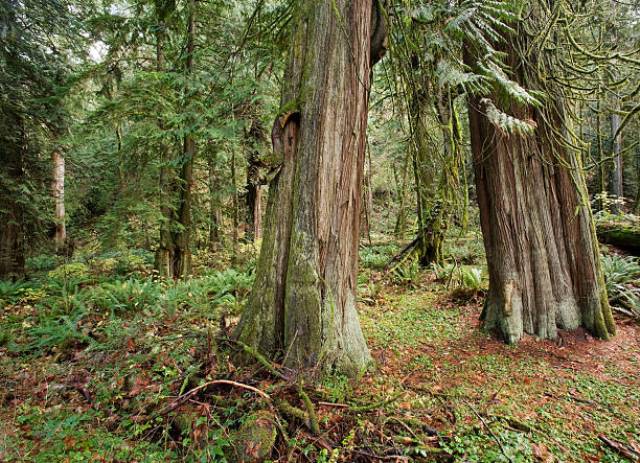 |
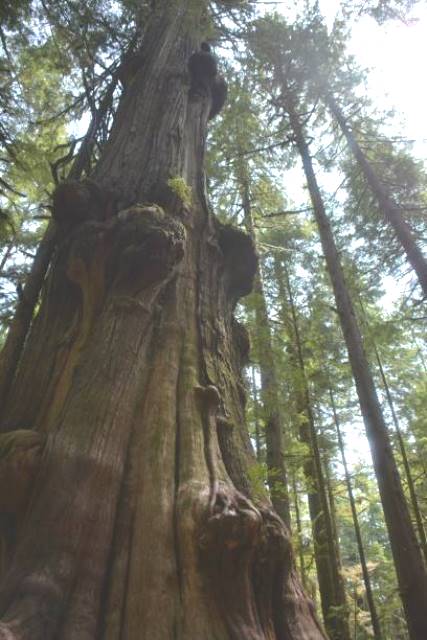 |
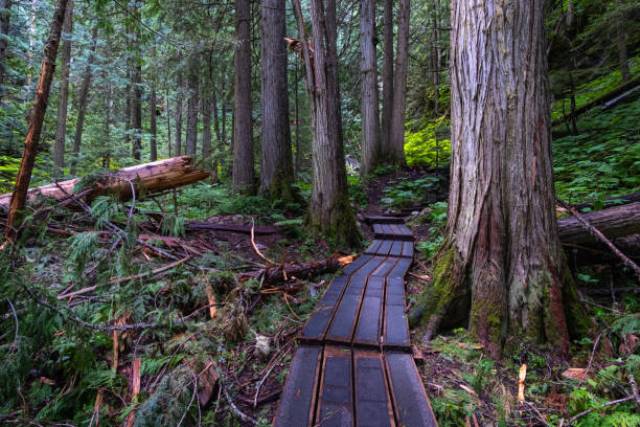 |
The cedar became the tree of choice to our indigenous people about 3 thousand years ago. Indigenous terms of affection include “grandmother cedar” and “long life maker.” It was easier to work with (than Sitka Spruce) and offered them wood for homes, totem poles, canoes, paddles, nets to hooks, lures and fishing floats. Cedar’s soft inner bark supplied clothing was woven into tunics, mats, blankets and could be shredded to make fluffy towels, diapers and sanitary pads. The vine like appendages that swoop down from the branches were twisted into ropes so strong they could haul 40-tonne whales! The roots were coiled into baskets tight enough to boil water on hot rocks. The green leaves that look like scaly braids were used for calcium rich medicine.
Pollen cones on western red cedars grow most heavily on the branches of the tree that are exposed to direct sunlight. Seed bearing cones grow on lateral spray branches typically near the middle of the branch. Each seed cone contains between eight and fourteen seeds. The seeds themselves range in size from 4 to 7.5 millimeters and are usually reddish brown. The “seed fall” for these trees is typically October November so we are about to see millions of them soon in Belcarra!
 |
 |
 |
A Western Red Cedar on Vancouver Island, known as the Cheewhat Giant, is the largest known tree in Canada. It was discovered in the Pacific Rim Park in 1988 and is estimated to be over 1500 years old! "WOW!" It is 55.5m (182ft) high and 6.1m (20ft) around. The volume of the trunk is 449m3 (15,900 cu ft). It is the second largest Western Red Cedar in the world; the largest is on the Olympic Peninsula.
 |
 |
Many communities and organizations are looking to protect our precious old growth forests. The Ancient Forest Alliance and the Canadian Forest Service are working with our indigenous people, the government, and industry to make our forests sustainable. For example, in July the Kanaka Bar Band (a Nlaka'pamux First Nation) located south of Lytton , announced their vision to protect a total of about 35,000 hectares of some of the most bio diverse old growth in B.C.
"Awesome!"
Let’s protect these magnificent giving trees for future generations. Happy Gardening! Les
Related Links
https://ancientforestalliance.org/red-cedar-the-amazing-giving-tree/
Video of the Cheewhat Giant https://www.youtube.com/watch?v=Xw2Im8nSOdg
https://offtracktravel.ca/carmanah-walbran-provincial-park/#Meeting_the_Cheewhat_Giant
http://nativeplantspnw.com/western-red-cedar-thuja-plicata/
https://owlcation.com/stem/Interesting-Facts-About-Western-Red-Cedar-in-Nature-and-Culture
https://www.greentimbers.ca/vegetation-wildlife/vegetation/coniferous-trees/western-redcedar/
https://tree-secrets.com/western-red-cedar-tree/
Canadian Forestry Service https://cfs.nrcan.gc.ca/publications?id=36933
Science Direct https://www.sciencedirect.com/science/article/abs/pii/S0378112716302900?via%3Dihub